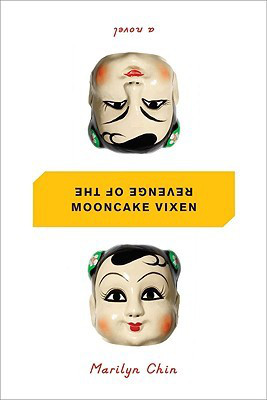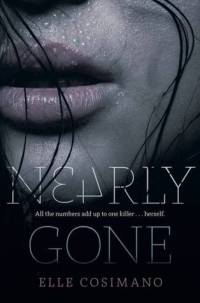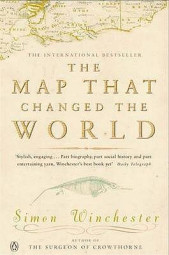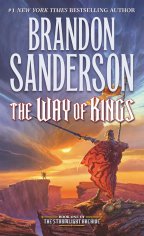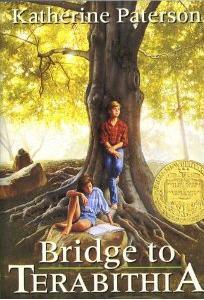 ‘If you went to a mind reader, he’d charge you half price.’
‘If you went to a mind reader, he’d charge you half price.’
A popular radio star who solves real-life mysteries investigates the case of an old sea captain who was murdered on his grounded ship. Rumours of hidden treasure ensure that there are plenty of other parties interested in the case…
Milton Berle began his entertainment career with bit parts as a child actor before becoming a successful stage comedian. He began appearing in pictures again in the late 1930s, before being cast as the lead in a handful of ‘bottom of the bill’ programmers in the early years of the following decade. But the movies were a dead end and it was television that catapulted him to stardom in the late 1950s. Here he headlines what it essential a lightweight ‘old dark house’ mystery taking place on a derelict ship, and the setting is the only thing remotely original about the entire enterprise.
Berle is a smart-aleck radio star who ‘lifts the veil’ on notorious true-life crimes, although it’s never clarified whether he uses otherworldly means or more conventional methods. When he picks the old murder of a sea captain, he stirs up a whole hornet’s nest of trouble, especially when his first solution to the crime is easily disproved by the retired old policeman who originally headed up the investigation. Apparently, old Cap’n Wetherby was some kind of a pirate (in the early part of the 20th Century?!) so there’s the inevitable cache of hidden diamonds on his beached ship, and when Berle goes there in the dead of night to ‘solve’ the case again, you know he’s heading into trouble.
All the usual ‘murder mystery’ tropes of the period are present and correct. The ship’s already occupied by eccentric couple John Carradine and Renie Riano, a series of shifty characters keep turning up every few minutes, no-one can leave because of bad weather (a thick fog bank) and heroine Brenda Joyce is on hand as the heir to the pirate’s fortune. All the cast members lurk in the shadows acting as suspiciously as possible and Berle quips and smirks his way through the mechanical plot with a ready grin. It’s not the worst example of the genre that you’ll ever see, mainly because of a sprinkling of witty lines from scriptwriter Lou Breslow.
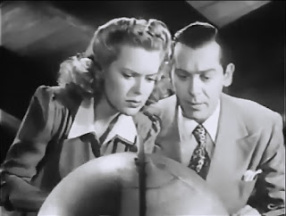
‘And that’s where Tarzan saved me from the Leopard Men…’
Its the cast of familiar faces in supporting roles that provides the main interest now. Carradine does an excellent frog impression (the highlight of the film), and Berle even refers to him as ‘Dracula’, which is remarkably prescient as the actor would appear as the vampire king for the first time in Universal’s ‘House of Frankenstein’ (1944), and on more than one occasion in subsequent decades.
Edmund MacDonald appeared in Fritz Lang’s ‘Hangmen Also Die!’ (1943), ‘Black Friday’ (1940) with Karloff and Lugosi and in many other supporting roles in the 1940s. Abner Biberman was a regular Hollywood ‘heavy’ and Charles Halton carved out a long career as busybodies and minor officials, including turns in ‘The Best Years of Our Lives’ (1946), ‘To Be Or Not To Be’ (1942) and Hitchcock’s ‘Foreign Correspondent’ (1940).
ln more featured roles are Brenda Joyce and Willie Best. Joyce was best known as Weismuller’s second ‘Jane’ in MGM’s ‘Tarzan’ series, but was more than capable of better performances when given stronger material. Sadly, this script just provides her with the generic ‘damsel in distress’ assignment that she must have found no challenge at all. She retired from the screen before the end of the decade after reprising her ‘Jane’ for new kid in the jungle, Lex Barker, in ‘Tarzan’s Magic Fountain’ (1949). Best was an African-American musician and songwriter who was typed in idiotic servant roles, reflecting the racism endemic in Hollywood at the time. Although this is not as demeaning as some of his appearances (‘The Monster and the Ape’ (1945) for instance), there’s still plenty of eye- rolling, shaking and cowardice on display, which grates badly on a modern audience.
A standard ‘B’ flick of the time. Oh, and there are no ghosts; fake, real, whispering or otherwise!
Advertisements Share this:
